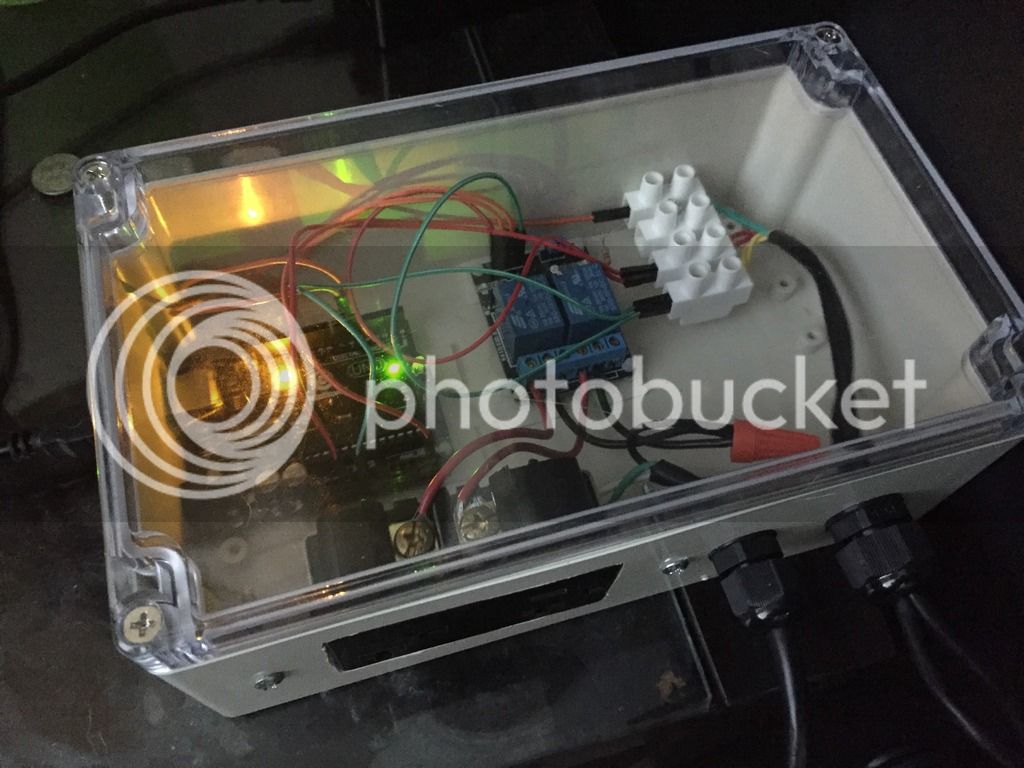(this post was moved to the appropriate subfolder)
Hey all,
This will hopefully be a quick question for those more senior to the topic, but as I couldn't find a clear answer in reading through seemingly endless posts (containing great content mind you), I thought I would ask.
What is the easiest/ best/ most striaght- forward/ your favorite way to access and control your brew pi remotely? I would like to be able to monitor and control my brewpi from any computer or my phone if possible. I do not need public versions, just one for myself. I do have a website where I could host/ post or link anything needed. I have the most basic brewpi setup currently thanks to fuzzys thread (more advanced builds with LCDs and other set ups planned to tinker with).
I have seen a few methods posted around- but many seem as they may be outdated or need modifications, and others have broken links. I could try VPN, but this seems more complex to readily access and offers more than I need.
Thank you for any and all help or advice!
Rpi 3B (running Jessie with brewpi and all have been updated as best I can tell)
Sainsmart Arduino UNO R3
Sainsmart 2 channel relay
2 DS18B20 temperature sensors

Hey all,
This will hopefully be a quick question for those more senior to the topic, but as I couldn't find a clear answer in reading through seemingly endless posts (containing great content mind you), I thought I would ask.
What is the easiest/ best/ most striaght- forward/ your favorite way to access and control your brew pi remotely? I would like to be able to monitor and control my brewpi from any computer or my phone if possible. I do not need public versions, just one for myself. I do have a website where I could host/ post or link anything needed. I have the most basic brewpi setup currently thanks to fuzzys thread (more advanced builds with LCDs and other set ups planned to tinker with).
I have seen a few methods posted around- but many seem as they may be outdated or need modifications, and others have broken links. I could try VPN, but this seems more complex to readily access and offers more than I need.
Thank you for any and all help or advice!
Rpi 3B (running Jessie with brewpi and all have been updated as best I can tell)
Sainsmart Arduino UNO R3
Sainsmart 2 channel relay
2 DS18B20 temperature sensors




